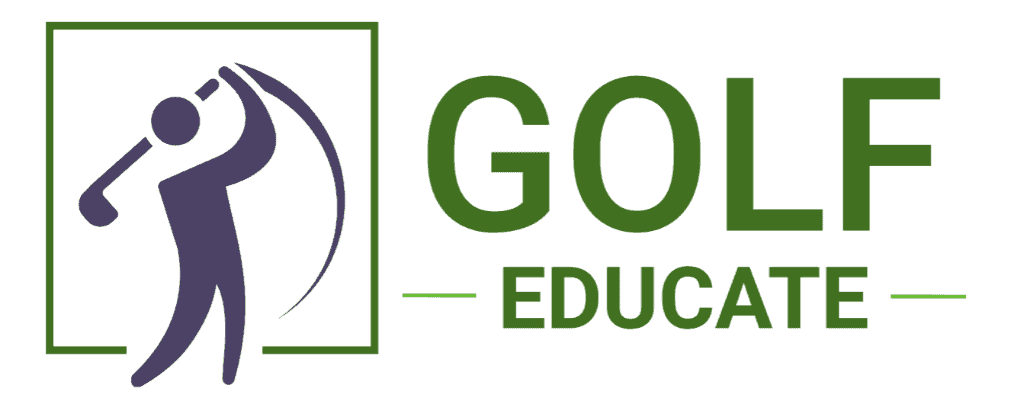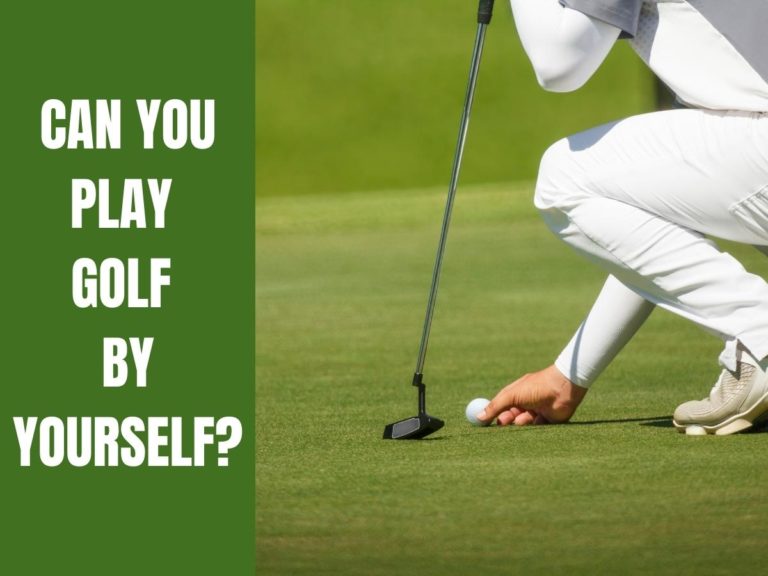Golf Swing Checklist For Beginners
Playing golf as a beginner can be somewhat daunting when you’re not quite sure how the golf swing works. Pro players make it look like one effortless sleek, powerful move. It must be noted they have crafted this during hours and hours of practice creating perfect muscle memory.
A golf swing requires a particular movement to create accuracy, power, and consistency. So, what is a golf swing checklist to help beginners to get the ball rolling?
There are four different stages of the golf swing, and each has its own checklist once the player has a fantastic address position to the golf ball. These are the takeaway, the halfway, the top backswing, and the downswing. The full rotational golf swing is achieved by combining these moves.
A beginner’s aim of the golf swing should be to ensure that you, as the player, consistently drive the golf club down to the ball to get consistent shots. When players are addressing the ball, the goal is to get the ball moving.
However, what part of your body moves first? Here is a golf swing checklist to help you perfect your golf swing.
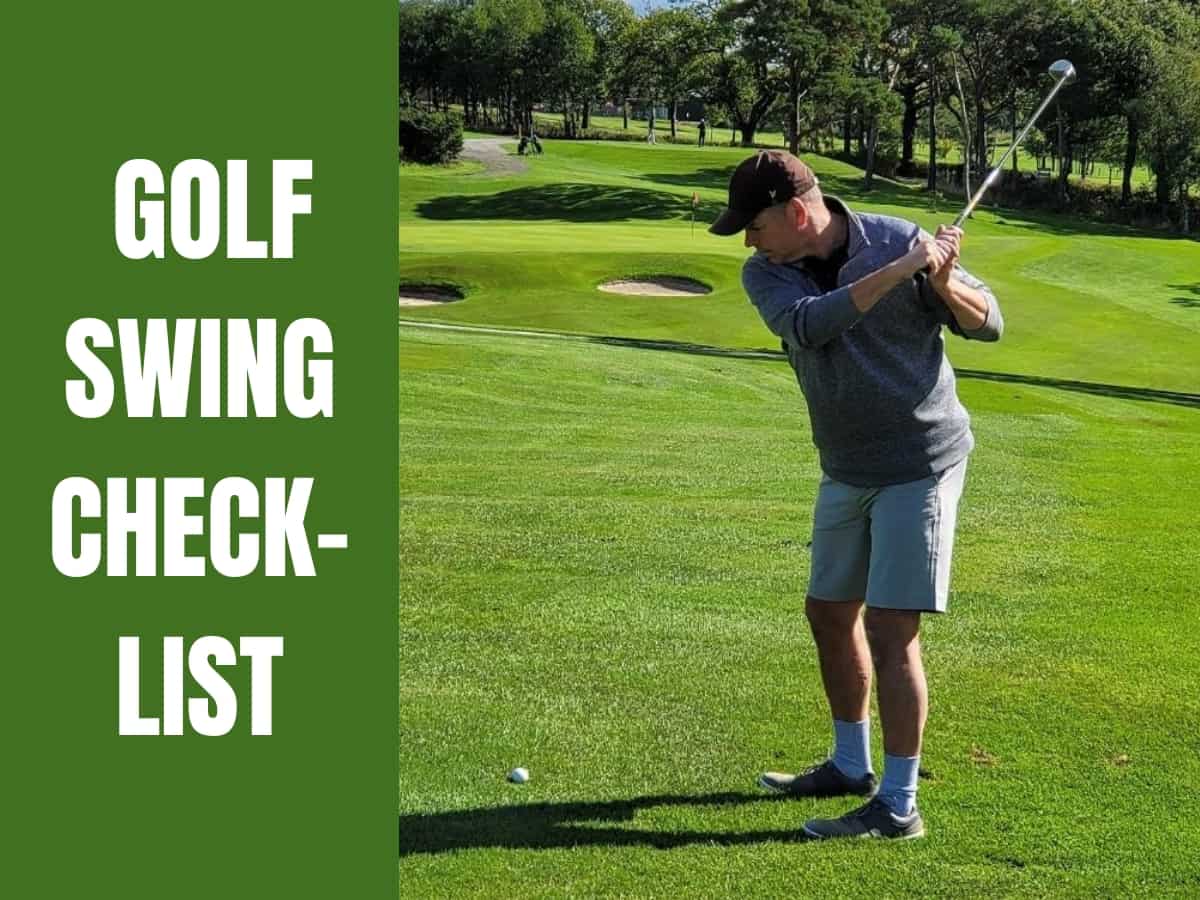
What Are The Basics Of A Good Golf Swing?
Many novice golfers don’t realize that the first thing to do is establish a great address position to the golf ball. Once in position, the next step is the most important, as many golf players agree. The first movement back from the golf ball is what actually sets the tone for the rest of the golf swing.
Here is a golf swing checklist that all golf newbies can use as a guide to nail that golf swing.
1. Ensure Your Takeaway Backswing Is Stable And Consistent
Once a golfer is in a good position, it is essential to use the shoulders first to start the motion. The lead shoulder should be the one that pushes around underneath the chin. The swing back from the ball starts with the shoulders and the upper body. The legs will remain passive in this motion. The hands are also equally passive.
When the golf club is swung back from the ball for that first swing, it should be horizontal to the ground, with the golf club’s face blocking the view of your hands from the back. Beginners should also ensure they check the club’s face position. The leading edge of the club face should match the player’s spine angle.
Therefore, when players tilt forward into a good position when the golf club is swung back, the club head should sit parallel to their spine angle. This way, the shaft will also point toward the intended target line.
Watch This Video on Golf Swing Basics…
2. Get The Correct Halfway And Top Movement Swing
When it comes to the halfway moving back into the backswing position, the shaft end should point toward the golf ball or an extension of the ball when the club is swung up from the takeaway point. This is known as the on-play and online position.
Ensure the shaft is not too steep or pointing vertically down at the floor. To get this right, the lead arm should be parallel to the floor, and the vertical shaft should be in an L-shape, creating a 90-degree angle with the lead arm. The gloved or lead hand should be situated in the center of the chest in this move.
There isn’t a set position for the top of the backswing position, as it all depends on the player’s flexibility, body shape, etc. Therefore, from the halfway point, the main thing beginners should focus on is to keep going as far back with the swing as they are comfortable doing.
It is recommended that golfers try to go past the 12 o’clock position. The furthest players generally go is 3 o’clock on the face of the clock. Between one and three is what most golfers aim for, particularly if they are hitting a mid-iron. You can read more about the types of golf irons here.
However, keep in mind that the swing will naturally be a little shorter when the player is just chipping and pitching.
Generally, the shorter the swing, the more control but not as much power, and vice versa with a long swing. The top swing requires a shoulder turn of around 90 degrees, high hands, and turning as far as comfortable. You should feel some tension in the upper body.
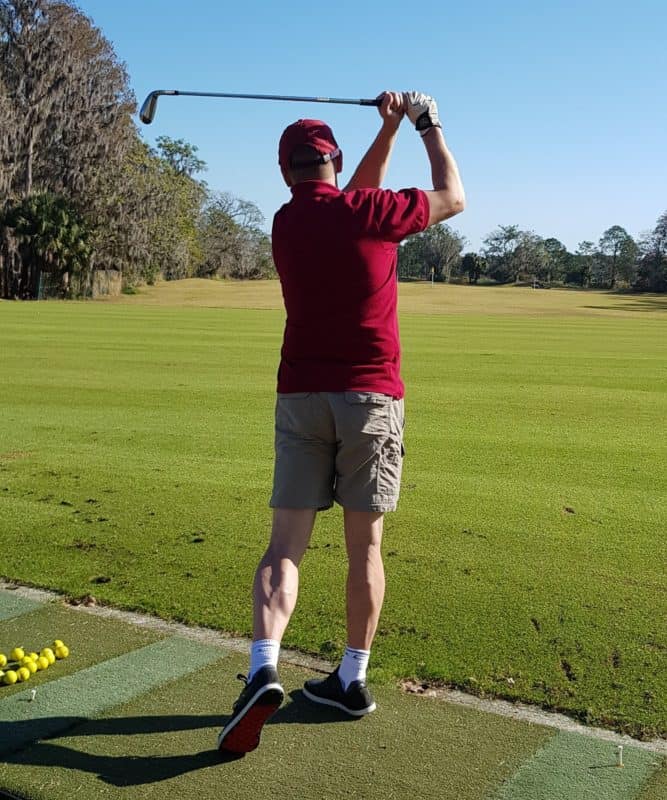
3. Finish Strong With The Downswing
Once the ball is in the perfect position at the top, it is now time to work on the downswing toward the ball. Many golfers struggle with the downswing due to poor transition and directional change.
To get the downswing right, golfers should not use their shoulders or hands to bring the club down. The hands and lead shoulder should be out of the equation. The key is to use the legs and the hips.
These should start by moving towards the target. Therefore, the trail elbow, which is furthest from the ball, should drop to shallow the shaft. The swing toward the ball should not be an abrupt chopping-down movement.
It should follow the same rotation motion as the backswing. The club should follow the same direction going down as it did going up. Therefore, the forward swing is a rounded action created by turning the body.
Do this by ensuring that the hips begin the downswing, followed by the trail elbow making the downswing.
While doing this, do not open the lead shoulder too quickly. Beginners should keep their back to the target slightly longer to avoid doing this. Therefore, the upper body should not spin as you release everything through.
Check Out These Iron Swing Tips In This Video…
4. Ensure Your Impact Position Is Correct
The impact position is not the same as the setup position. The set position is static, whereas the impact position is more dynamic. The hands should be pushed towards the target by roughly 5 to 6 inches to get into a dynamic position.
The belt buckle should be turned toward the target as far as possible, and the chest should remain facing toward the golf ball. The lead leg should then be straightened out. Because the hips are turned, the trail leg will naturally lift the heel off the floor. This, combined with the downswing, leads to a powerful impact.
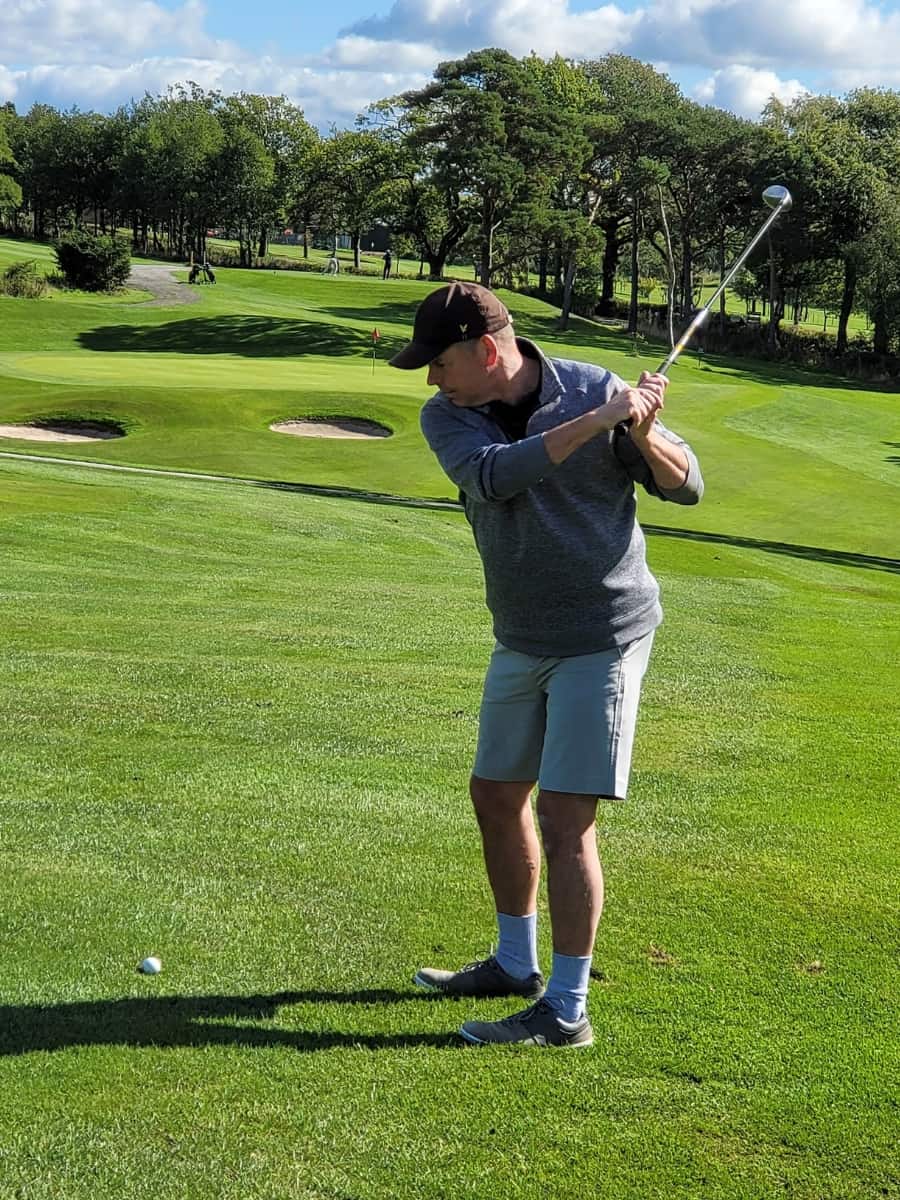
Final Thoughts
Follow my golf swing checklist and take a practice swing or two before every shot to aid your muscle memory. As mentioned above, the golf swing movement is powered by the rotation of the shoulders, torso, and hips. And most important of all, seek professional coaching, as golf lessons are definitely worth it.
Related Posts You May Like:
